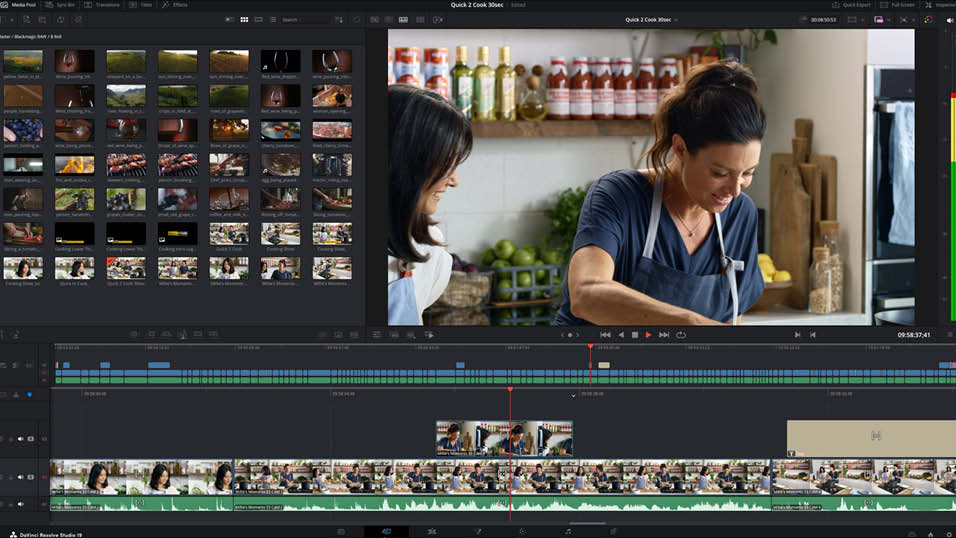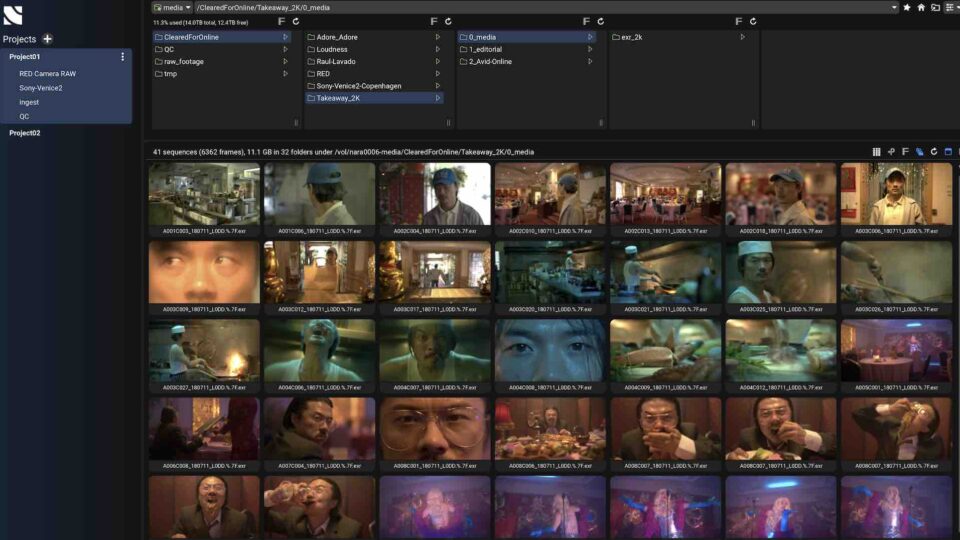Media workflow company, Hedge, has launched three product updates: Hedge Elements, EditReady RAW, and Canister Spanning.
The releases deliver customisable metadata elements, support for RAW camera codecs, and spanning for LTO archive.
“Hedge customers have been a driving force in our product development and roadmap from day one,” said Paul Matthijs, co-founder and CEO of Hedge. “These product releases are a direct result of their most popular (and persistent) requests, and customers actively helped in testing these releases in their workflows. Today, we’re proud to announce Hedge Elements, EditReady RAW, and Canister Spanning and Preflight Checks: three major updates that we can pretty much guarantee will make your life as a video professional easier.”
Elements are Hedge’s term for customisable metadata that users can now associate with a file to clarify the role of that file to others later in the workflow.
People who receive files can now specify what elements of information they need to organise and process those files. They do this by creating a preset that they send to Hedge operators during the data transfer. As Hedge moves data from camera cards and other storage sources, a “review” panel will pop up to prompt the operator to insert the required data.
Presets are a way for future recipients to communicate with those responsible for sending the data to them. They ensure that files are correctly labeled. Elements can include user-inputted information and “intrinsic” data like date, etc.
EditReady now supports RAW video, including ARRI RAW, Codex HDE, ProRes RAW, and RED R3D, and Blackmagic RAW.
The latest release, which is also the first new version of EditReady since it became part of Hedge, solves the problem of converting RAW footage quickly into an editable format.
EditReady converts camera RAW footage into the Log format native to the camera manufacturer. For NLEs that don’t support a particular flavor of RAW, film and videomakers can convert, for example, Blackmagic RAW to Apple ProRes, quickly and accurately.
Hedge’s Canister, a drag-and-drop interface and cataloguer for LTO, now supports Spanning – the ability to span file transfers across multiple tapes.
Until now, LTO users have had to carefully assess whether their archive material will fit onto individual tapes. But now, Canister automatically assigns files to multiple tapes.
Canister prompts users to insert a new LTO tape when needed and keeps a catalog of the tapes and files so that when the material has to be retrieved, the user can insert the LTO tapes required to restore the archive. This removes an entire layer of complexity from the archive process.
Canister doesn’t use a proprietary database to track files on LTO tapes. Software that requires a database limits the users’ ability to restore LTO tapes on other manufacturers’ systems. Instead, Canister creates a catalogue of files, which becomes part of the host computer’s file system – so it’s universally available and frees up stored files from proprietary lock-ins.
Also in the new release is Preflight Checks. LTO users can find it hard to keep up with OS, interconnects, and firmware revisions. Preflight Checks helps to ensure that everything is set up and fully functional.
Jon Creamer
Share this story

















